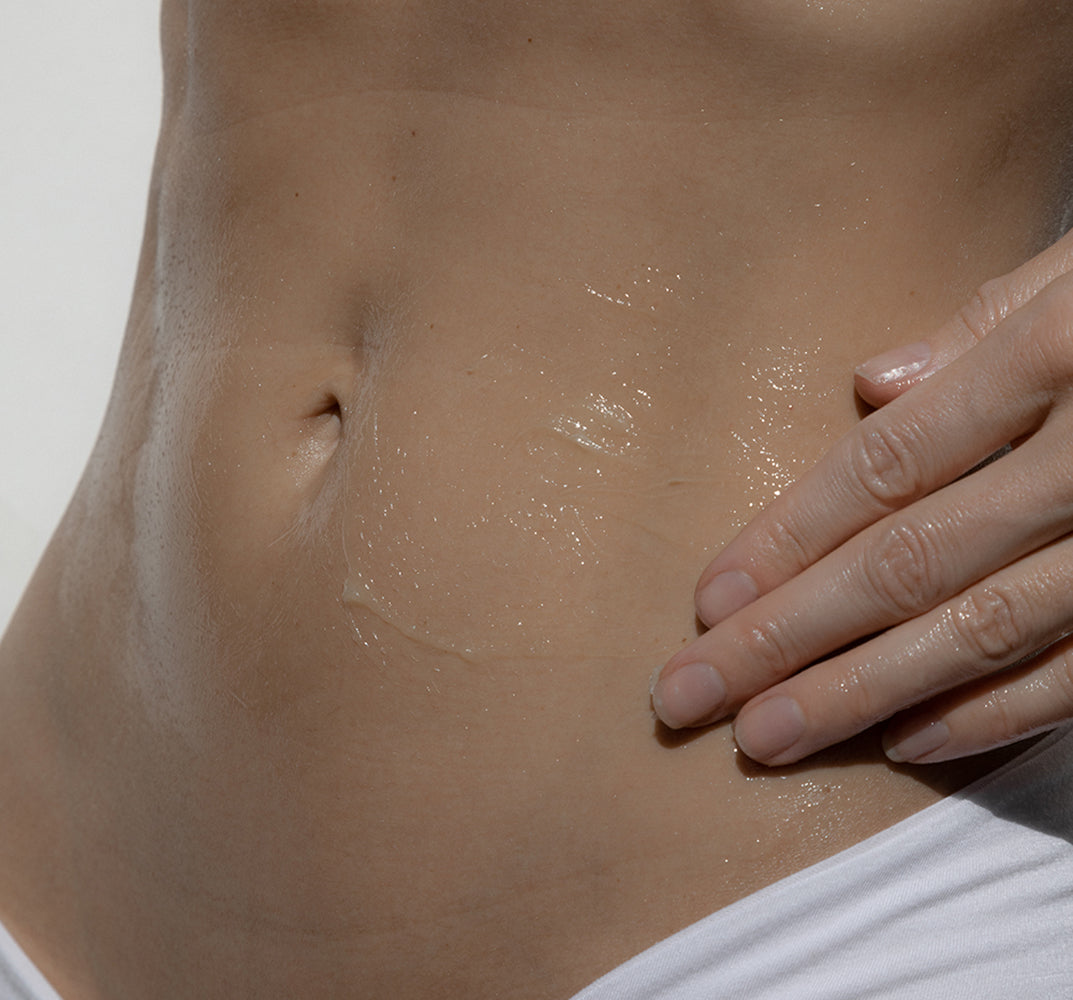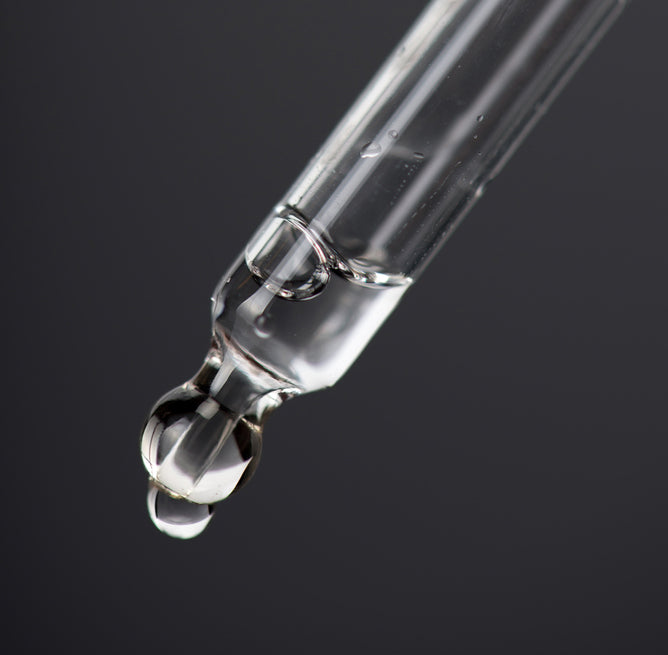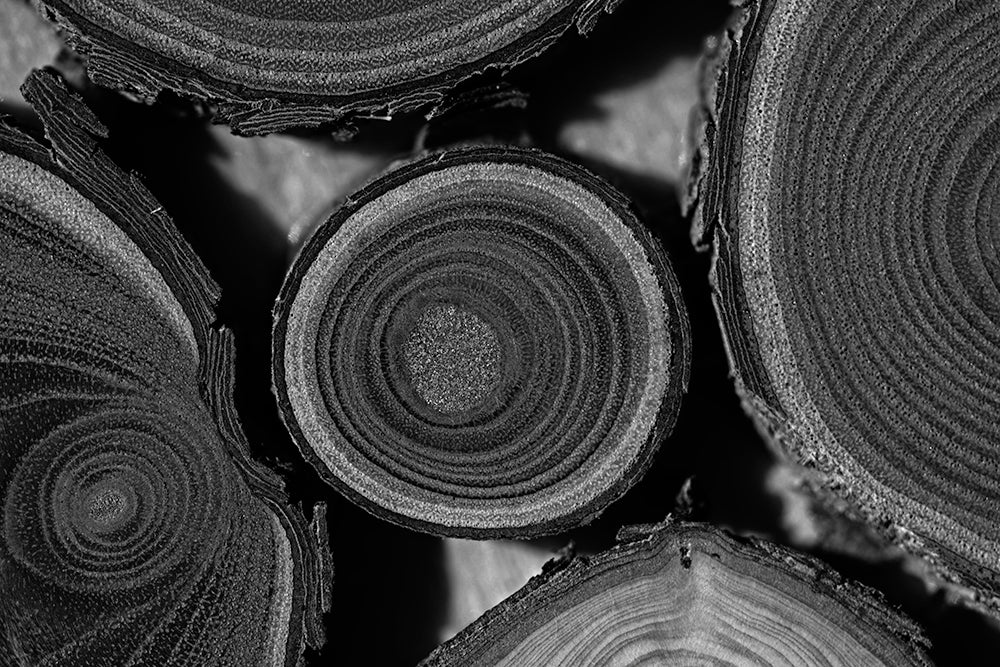
skin barrier repair

the bottom line
It’s one of the most discussed topics online right now – the skin barrier. But what is the skin barrier, and why does it matter? And once the skin barrier has been damaged, is it possible to repair it? From natural remedies to slugging, the skin barrier is the topic of the moment in skincare. Read on to learn more about this trending buzzword.
first layer: the history
To begin – why has the skin barrier become such an item of interest? While our skin hasn’t fundamentally changed, the way we care for it may have. With a growing interest in more aggressive ingredients including exfoliating acids and retinol, in addition to environmental changes and the stress of the pandemic, our skin has taken a bit of a beating lately. As we begin to recognize the important role skin care plays in overall skin health, it’s helpful to explore the science of the skin barrier and why it’s such a critical component.
second layer: the science of the skin barrier
The skin’s most important job is to provide a barrier between the inside and outside worlds of our bodies. This barrier protects against external agents including mechanical and chemical insults, heat, pathogens, water, and radiation.
Recall that the skin has three basic layers: epidermis, dermis, and subcutaneous tissue (or hypodermis). The top layer, the epidermis, in turn consists of five layers: stratum corneum, stratum lucidum, stratum granulosum, stratum spinosum, and stratum basale. The healthy epidermis maintains a balance between proliferation and desquamation (shedding of skin cells) which results in complete renewal every 28 days. When this balance is altered, various skin disorders can manifest, including ichthyoses and psoriasis.
What is the skin barrier? The skin barrier is the outer layer of the epidermis, the stratum corneum, which contains both protein-rich cells and a lipid-rich intercellular space. The stratum corneum is often compared to a brick wall, with the individual corneocytes representing the bricks. The grout or mortar between the bricks contains essential lipids including cholesterol, ceramides, and fatty acids. The effectiveness of this lipid barrier is dependent upon the concentration and relative proportions of these lipids.
The skin barrier is also dependent upon the skin’s natural moisturizing factor, or NMF. The NMF includes free amino acids, pyrrolidone carboxylic acid (PCA), lactate, sugars, urea, and citrate. NMF is derived from filaggrin, a protein synthesized in the stratum corneum, and makes up approximately 10% of the corneocyte mass. The role of the NMF is to maintain skin hydration, which in turn plays three critical roles: 1) it preserves skin plasticity, which protects it from damage; 2) it permits enzymes to assist in desquamation; and 3) it contributes to the barrier function of the stratum corneum. Like so many other things in life, however, the level of NMF reduces as we age.
The skin barrier is not impermeable. The term “transepidermal water loss”, or TEWL, describes the normal movement of water from the stratum corneum to the atmosphere. When dermatitis, or inflammation of the skin, is present, there is decreased hydration of the stratum corneum and increased TEWL. Skin dryness is associated with inferior barrier function.
The acid makeup of the stratum corneum also plays a role in skin barrier function. The pH of the skin is influenced by a variety of endogenous factors, including skin moisture, sweat, sebum, anatomic location, genetics, and age. Exogenous factors such as cosmetic products, occlusive dressings, and topical antibiotics can also change the skin’s pH. pH changes have been implicated in several skin disorders, including contact and atopic dermatitis, ichthyosis, acne, and yeast infections.
third layer: skin barrier damage and repair
How does the skin barrier get damaged? Both external and internal factors can affect the skin barrier. These can include environmental changes (air which is overly dry or humid can negatively affect the skin); allergens and pollutants; overexposure to ultraviolet radiation; alkaline soaps and detergents; harsh chemicals; excessive exfoliation; steroids; stress; and genetic factors.
What happens when the skin barrier is damaged? When the skin barrier is damaged, you may notice various skin conditions, including dry and scaly skin, itching, rough patches, acne, inflammation, and infection.
How can the skin barrier be repaired? The key to repair of the skin barrier involves protecting its components. First, eliminate any overly aggressive elements, such as acid peels and abrasive scrubs and brushes. Next, cleanse with a product which has a pH close to the normal level for skin. Barrier repair following injury proceeds normally at an acidic skin pH (normal skin pH is around 5-5.5) but can be delayed by a neutral skin pH which prevents the generation of natural ceramides. Plant oils can be used to help repair the skin barrier and prevent it from losing moisture. Some of the most effective oils include jojoba, almond, argan, rosehip, and sunflower oils. These can be used in a cream, or a small amount can be massaged directly onto the skin as the last layer of your skincare regime. Ceramides can also be helpful in restoring the skin barrier and can be found in some face and body creams. Finally, moisturizers with occlusives such as petrolatum, or humectants such as glycerin and hyaluronic acid, can assist in skin barrier repair.
fourth layer: how we do it
The different layers of fundamental, daily skin care are the key to healthy skin. We’re big believers in gentle care of the skin – anokha was founded with the goal of achieving clinical results without the use of overly aggressive and harsh ingredients which can deprive our skin of its natural barrier function. Our oatmeal cleansing milk is sulfate-free and contains a low level of surfactants to limit stripping of the skin’s natural moisture. The pH is kept at 5.5-5.7.
Our lotus flower & rosewater toner contains the humectant sodium PCA, which is found in the skin’s own natural moisturizing factor. It’s an incredibly gentle toner without alcohol or witch hazel which helps to increase skin’s hydration. The jasmine serum possesses both hyaluronic acid and glycerin, two natural humectants. Many clients have told us they’ve used it to calm their skin following laser resurfacing. Our lotus & lychee facial crème is a denser moisturizer with a base of sunflower seed oil to prevent moisture loss. Finally, our bakuchiol & pomegranate facial oil provides an occlusive layer to prevent water loss, with the restorative oils of rosehip and sea buckthorn.
Now available - our rosehip replenishing balm, which was created for Dr. Naidu’s patients to help repair the skin barrier following surgical and invasive procedures. We’ve selected oils high in polyunsaturated fatty acids, including pomegranate, rosehip, and sea buckthorn which have been shown to be more effective in lipid barrier repair. Olive and argan oils have been shown to promote wound healing, while sunflower and arnica have been included to help reduce bruising and retain moisture.
xx
anokha
references:
- Baroni A, Buommino E, De Gregorio V, et al. Structure and function of the epidermis related barrier properties. Clin Dermatol 2012; 30: 257-262.
- Rawlings AV, Harding CR. Moisturization and skin barrier function. Dermatol Ther 2004; 17: 43-48.
- https://www.practicaldermatology.com
- Lin TK, Zhong L, Santiago JL. Anti-inflammatory and skin barrier repair effects of topical application of some plant oils. Int J Mol Sci 2018; 19: 70-91.
definitions:
natural moisturizing factor (NMF): a complex mixture of low molecular weight, water-soluble compounds formed within the corneocytes by degradation of the protein filaggrin. NMF is critical for hydration of the stratum corneum, homeostasis of the skin barrier, desquamation (turnover of dead skin cells), and skin plasticity.
ceramides: ceramides are lipids found in skin cells which comprise approximately 50% of the epidermis. they are essential for forming the skin's natural barrier to seal in moisture and preventing the entry of harmful elements. lower ceramide levels have been linked to skin diseases including acne, psoriasis, eczema, and rosacea.
desquamation: shedding of the outer layer of the skin. this is a normal process in healthy skin, although some skin diseases will manifest with increased or decreased desquamation.
transepidermal water loss (TEWL): transepidermal water loss, or TEWL, is the normal movement of water from the stratum corneum to the atmosphere.
for more beauty definitions, explore the glossary.
faq's:
what is the skin barrier?
the skin barrier is the outer layer of the epidermis, the stratum corneum, which contains both protein-rich cells and a lipid-rich intercellular space.
how do I repair the skin barrier?
the key to repair of the skin barrier involves protecting its components. first, eliminate any overly aggressive elements, such as acid peels and abrasive scrubs and brushes. next, cleanse with a product which has a pH close to the normal level for skin (5-5.5). finally, moisturize with an occlusive or humectants.
how long does it take to repair the skin barrier?
it depends on how severe the damage is - but in general, expect 2-6 weeks for repair of the skin barrier.



leave us a comment
This site is protected by reCAPTCHA and the Google Privacy Policy and Terms of Service apply.